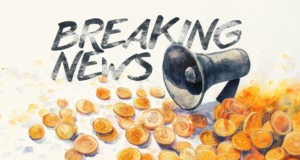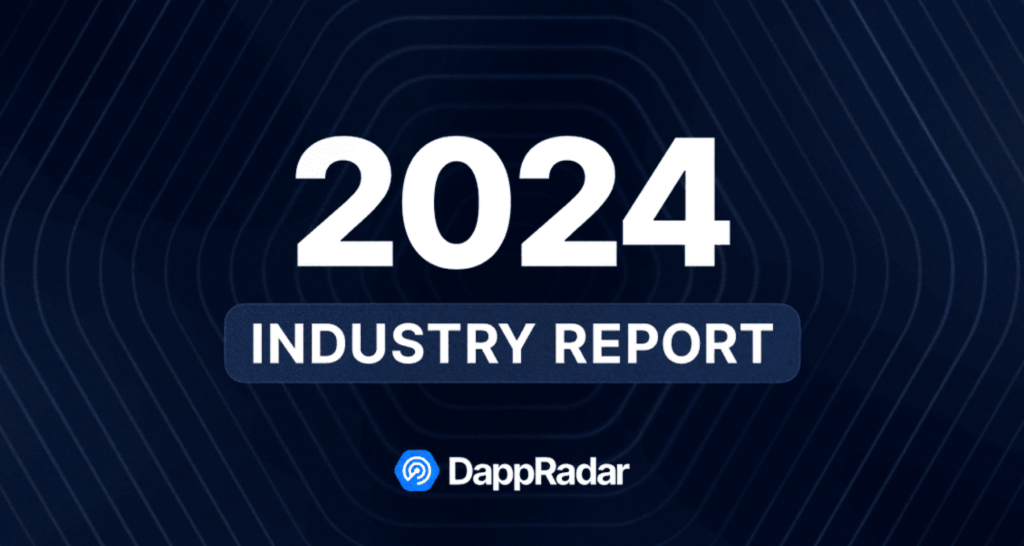Canadians Slow to Adopt Cryptocurrencies

According to a survey by the Bank of Canada, only 2.5% of Canadians used cryptocurrencies for everyday payments last year. Predominantly, individuals continue to favor traditional forms of electronic payments such as those made via phone numbers or email over cash and bank cards.
On this page
According to a survey by the Bank of Canada, only 2.5% of Canadians used cryptocurrencies for everyday payments last year. Predominantly, individuals continue to favor traditional forms of electronic payments such as those made via phone numbers or email over cash and bank cards.
Despite the low adoption rate for daily crypto use, the vast majority (around 80%) have no plans to give up using cash in the near future, a sentiment that has remained unchanged for the past five years. This preference is likely driven by a desire to maintain the privacy of their transactions.
However, Canada still holds a significant position in the cryptocurrency landscape, ranking second only to the USA in terms of the number of Bitcoin ATMs. There are 2,941 ATMs in Canada, which constitutes 7.7% of the global total. The worldwide count of crypto ATMs has seen an increase of 17.8% over the last year.
Additionally, the Bank of Canada is exploring the potential of introducing a Central Bank Digital Currency (CBDC). For this purpose, a specialized research center has been established in partnership with the Bank for International Settlements (BIS), focusing not only on CBDCs but also on the exploration of open finance and future financial markets.
The content on The Coinomist is for informational purposes only and should not be interpreted as financial advice. While we strive to provide accurate and up-to-date information, we do not guarantee the accuracy, completeness, or reliability of any content. Neither we accept liability for any errors or omissions in the information provided or for any financial losses incurred as a result of relying on this information. Actions based on this content are at your own risk. Always do your own research and consult a professional. See our Terms, Privacy Policy, and Disclaimers for more details.


























